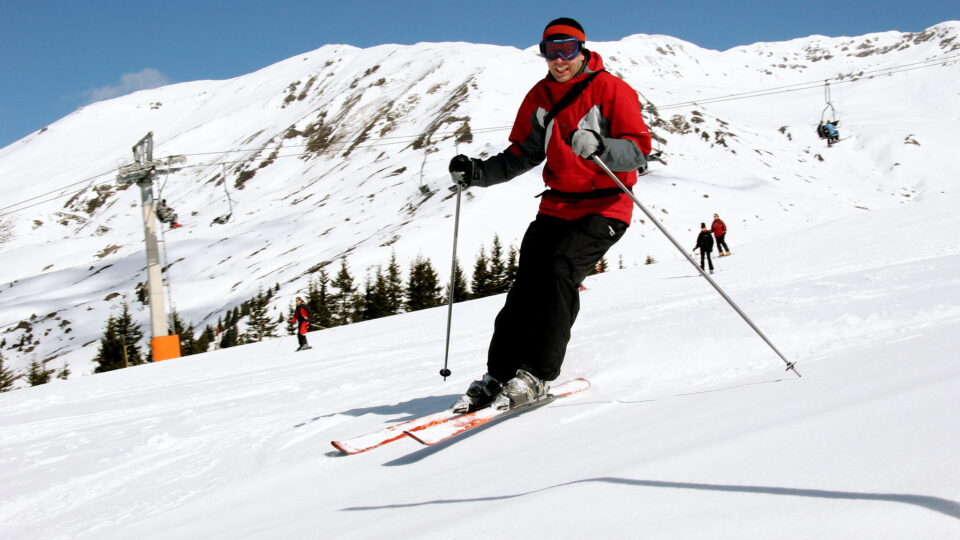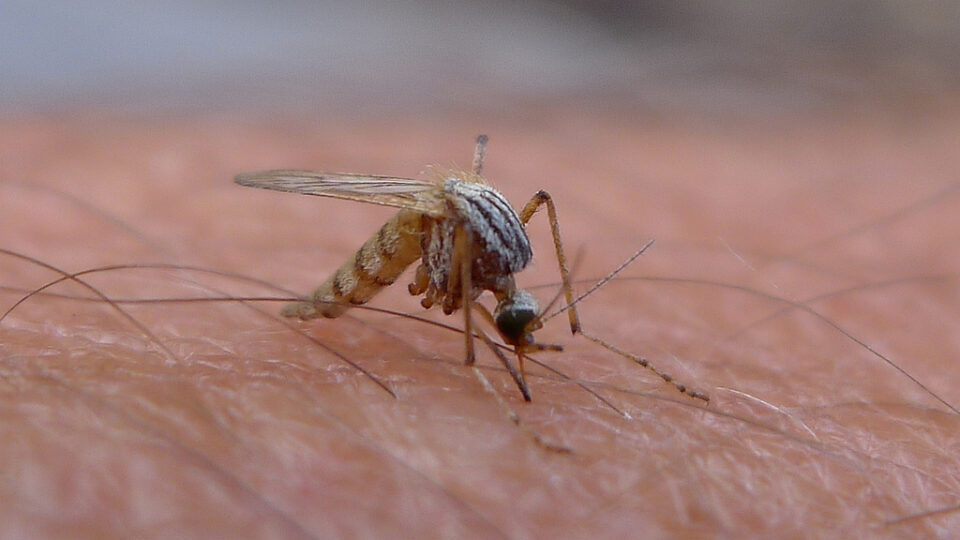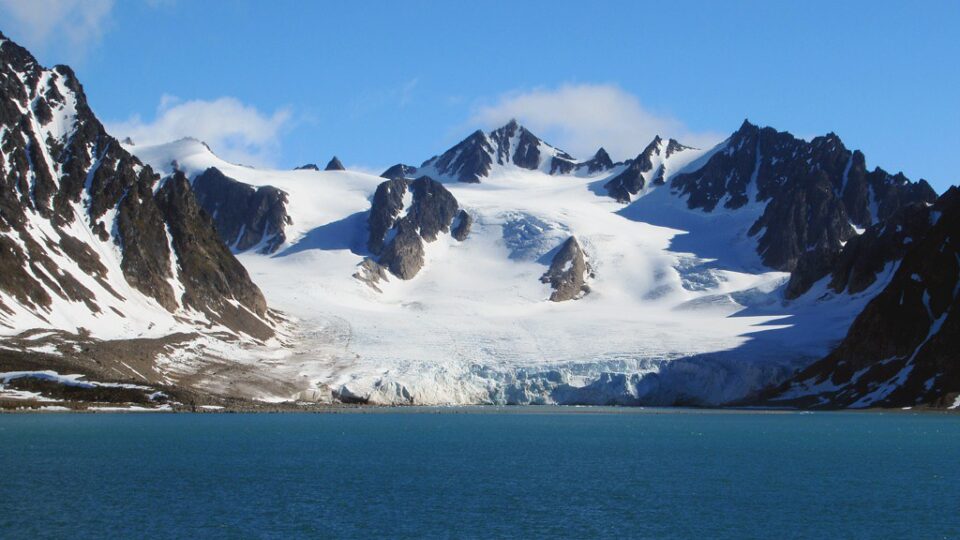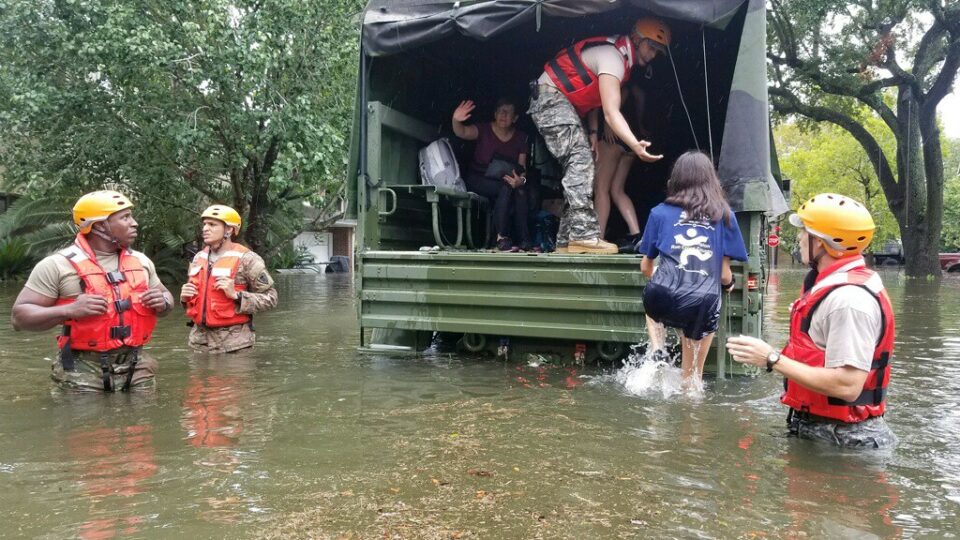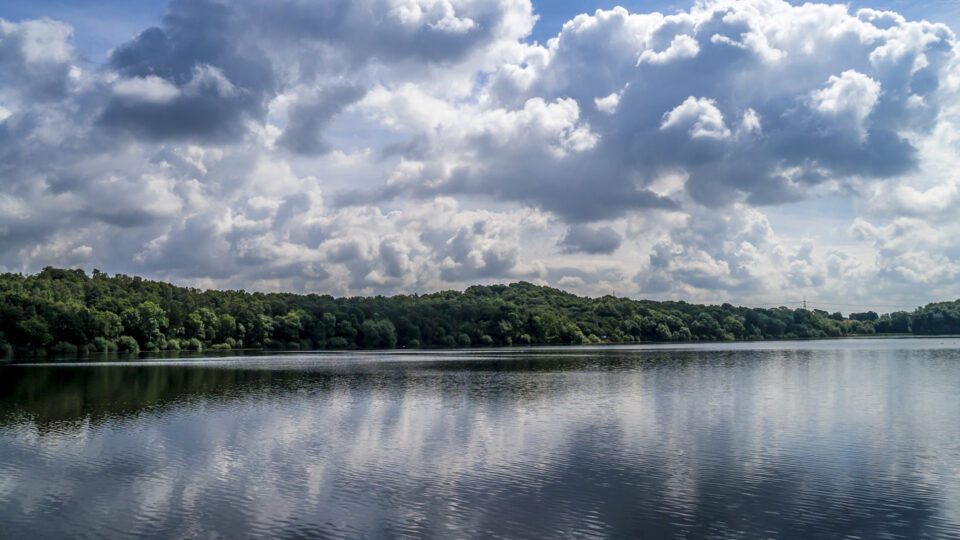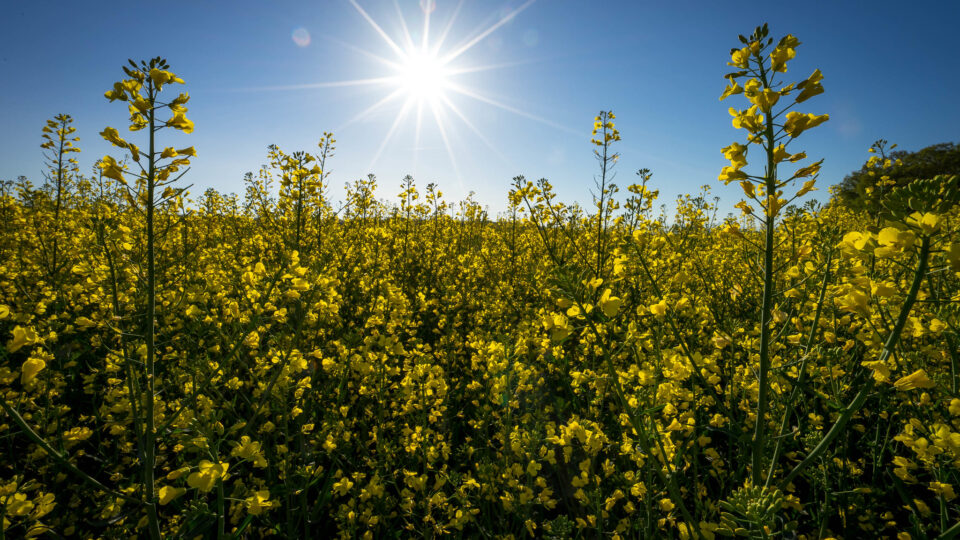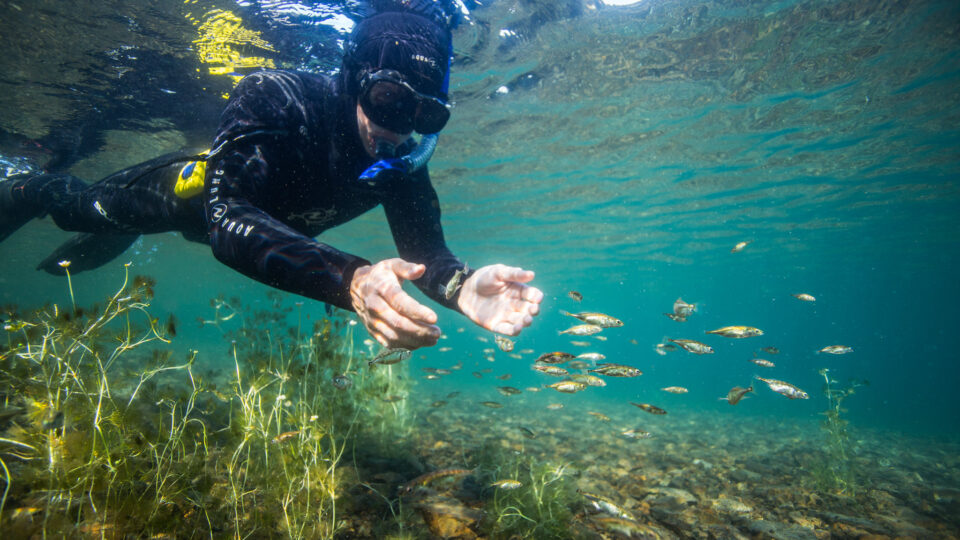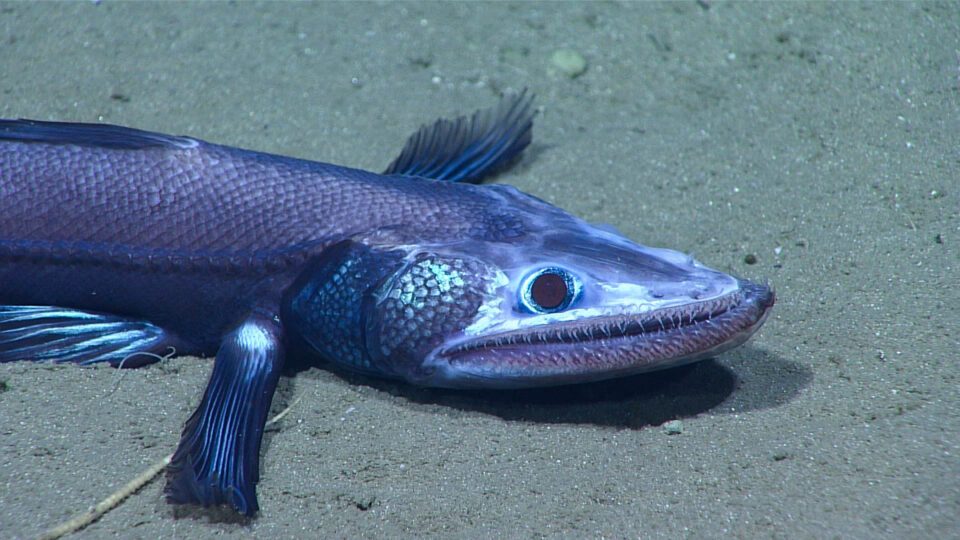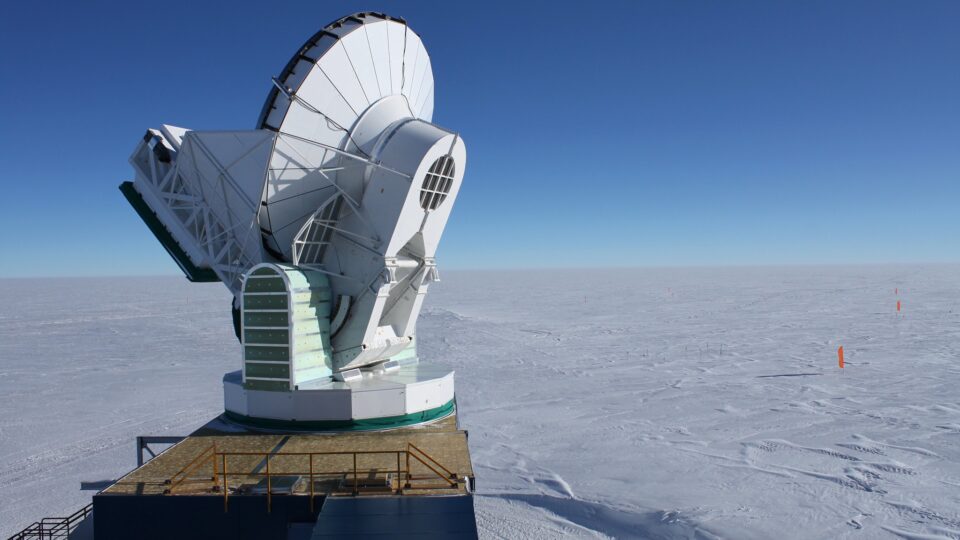According to the National Oceanic and Atmospheric Administration, anthropogenic climate change resulting in higher average temperatures has caused a global decline in snowfall. Less snow threatens to reinforce global warming, and to disrupt food, water, and livelihoods for billions of people.
According to a new study recently published in the journal PLOS ONE, annual snow cover days in all major skiing regions are projected to decrease dramatically as a result of climate change. In the study, the research team from the University of Bayreuth in Germany examined the impact of climate change on annual natural snow cover in seven major skiing regions. Using the public climate database CHELSA, the researchers predicted annual snow cover days for each ski area for 2011-2040, 2041-2070, and 2071-2100 under low, high, and very high carbon emissions scenarios.
Under the high emissions scenario, 13% of ski areas are predicted to lose all natural snow cover by 2071-2100 relative to their historic baselines. By 2071-2100, average annual snow cover days were predicted to decline by 78% in the Australian Alps, 51% in the Southern Alps, 50% in the Japanese Alps, 43% in the Andes, 42% in the European Alps, 37% in the Appalachians, and 23% in the the Rocky Mountains – all declines relative to their historic baselines.
The future losses of natural snow cover in ski areas around the world will be significant if global emissions continue unchecked.
**********
Web Links
The future is likely less skiable, thanks to climate change
New maps show where snowfall is disappearing
Photo, posted April 14, 2006, courtesy of Kallu via Flickr.
Earth Wise is a production of WAMC Northeast Public Radio
